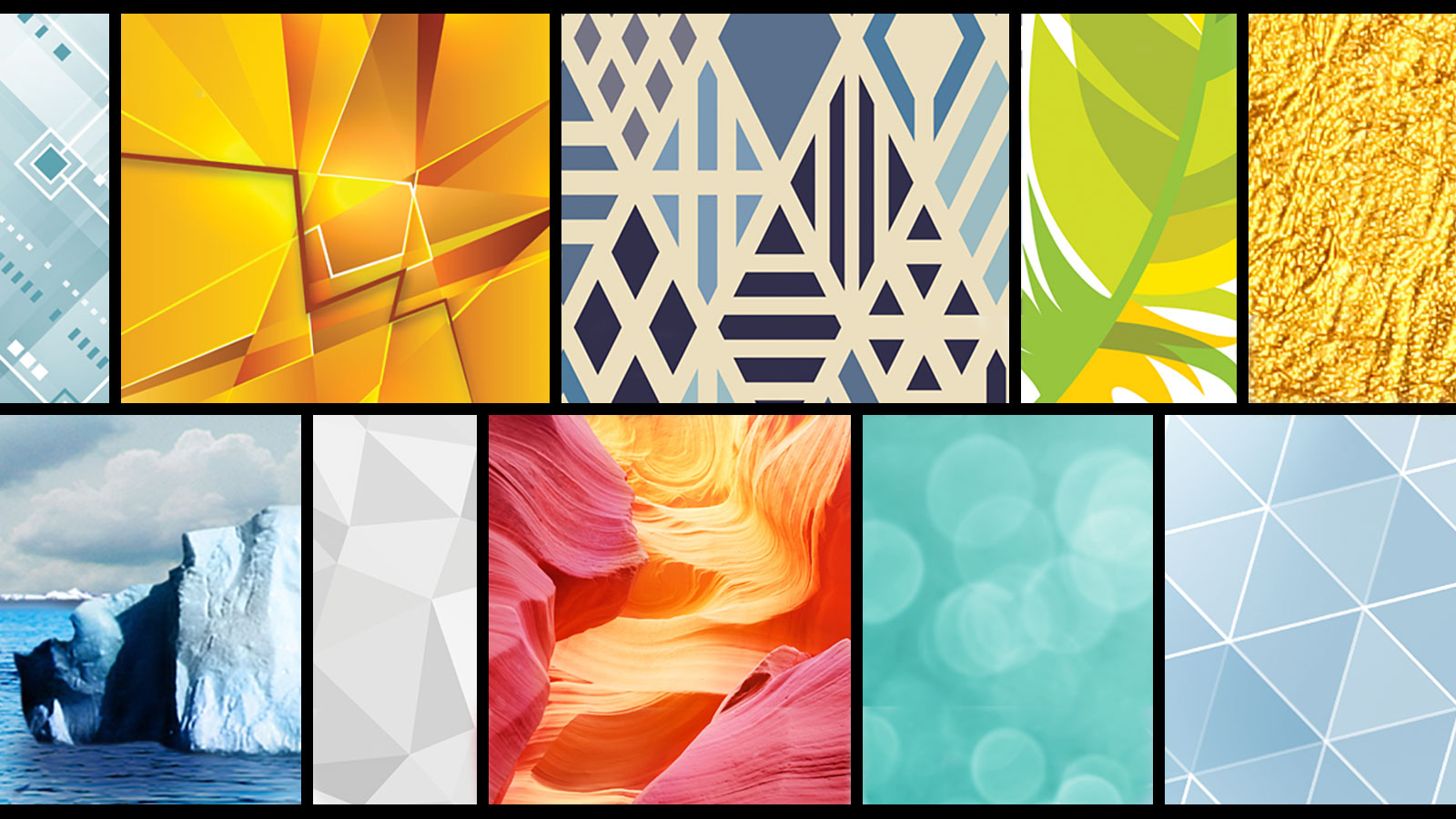June 13, 2016
Adobe Take 10 Challenge: A Sit-Down with Joshua Davis
Adobe Take 10 Challenge: A Sit-Down with Joshua Davis
The folks over at Adobe have been putting together a pretty interesting challenge entitled: Take 10 Challenge. In this challenge, you have to create an artwork using 10 Adobe Stock images and you can win a lot of great prizes. For the 2nd take, they are going with the word Weightless and all the submissions will be judge by the mighty Joshua Davis. For the occasion, we had the opportunity to share a few questions with him, hope you’ll enjoy this interview.
Tell us about yourself? What do you do for living?
My Name is Joshua Davis. I’m the Media Arts Director at a studio in New York called Sub Rosa. Since 1995, I’ve been using computers as a medium to create work, lately focusing on the collaboration between hardware and software to create physical interactive experiences.
Tell us about the Adobe “Take 10” Challenge. What was your involvement and how did Adobe approach you to be a judge?
Over my career as a designer, I’ve had a long relationship with Adobe. The software they make helps me deliver the best visual experiences possible. The company reached out to me and threw me an interesting challenge: “you get 10 images from Adobe Stock and get to make whatever you want.” It sounded like a fun project. Given I’ve never worked with Adobe Stock, or with any kind of stock photography, this seemed like the perfect opportunity to do something out of my comfort zone. I agreed to collaborate on 10 Adobe Stock pieces of content and to make something that sings with my style and voice and then to challenge the community to do the same. Then, I become a judge to award winners with some great prizes.


What criteria did you look for while looking at the submissions?
For this Adobe Take 10 Challenge the keyword was “weightless.” The common reaction was to create something that embodied this word. Instead, I chose to use the word as a property in an animation algorithm. What would it look like if I suspended all this Adobe stock in a state of weightlessness and observed and rendered its composition? I wanted the challenge to inspire and push me.
I would hope my finalists embody this same thinking. I want to be inspired by the risks they take. To me, a winning piece of work should always invoke jealousy for not having thought of what they made.
Tell us your process behind reviewing all those submissions?
I want to stop in my tracks and say, “Damn I wish I would have made that.” This doesn’t always mean beauty. To me the most beautiful work might not be the winner. Being unique don’t always mean being pretty and I’m looking for unique.
Aside from this challenge, do you get creative satisfaction on commercial projects? How much time do you give yourself for personal work?
Much of my time in the Sub Rosa lab is split. Half of the time, I’m researching new code, new hardware, or new ways of remixing things to create visual aesthetics. This allows us to spend the other fifty percent of our time applying this research to commercial clients. Our goal in the lab is always to strive to innovate not replicate.






How does social media affect your work these days?
I have a website, but I imagine that no-one ever goes to it. Rather, social is 100% the megaphone by which I broadcast the things I’m working on to the world. Funnily enough, I have pretty strict rules about which content lives where and what purpose it serves.
My hierarchy is as follows:
I have 77k+ followers on Instagram. I use this space to permanently document thinking in flux, projects in motion. The content is usually somewhat final. This Instagram content gets pushed to 27k followers on Twitter and 24k followers on Facebook. If the work is really rocking me, I create larger selections from a series to post exclusively on Ello.
Generative animation is a huge component of what I do, and longer, better quality animation renders go on Vimeo.
After all this is done, and a body of work is complete, it gets packaged up as a final project on Behance.
I use Snapchat to show day-to-day through my eyes. It includes mistakes, crazy ramblings, late night dance parties; stuff that should definitely evaporate after 24 hours, especially when you scream at your followers that you’re a wizard, while fully dressed up as a wizard, etc.
Where do you see your work/style evolving in the next few years?
I’m mostly following the evolution of gaming boxes these days. The evolution of gaming video cards has allowed me to explore using the GPU to render meshes and textures and animate in ways I never thought I would be able to do. Having just demo’d Microsoft’s Halolens in Barcelona, I’m much more excited about Augmented Reality-related experiences than Virtual Reality-related experiences.
On a last note, what is a common mistake that most designers always make these days?
I’d say, having taught in an art university for 10 years, a lot of education systems are about replication, rather than innovation. We teach, “copy Van Gogh” or, “copy Picasso.” This can be fine to a point but what gets lost is finding your voice.
Following your industry on the internet can be a slippery slope. Replicating those you admire only gets you farther away from who you are.
Find you. It’s actually easier than you think, because you are pretty good at being you.
For more information about Joshua Davis: http://www.joshuadavis.com and about the Adobe Take 10 Challenge: http://create.adobe.com/2016/2/17/take_10.html
AoiroStudio
Jun 13, 2016
Source: Abduzeedo Interviews

0 Comments
Leave A Comment